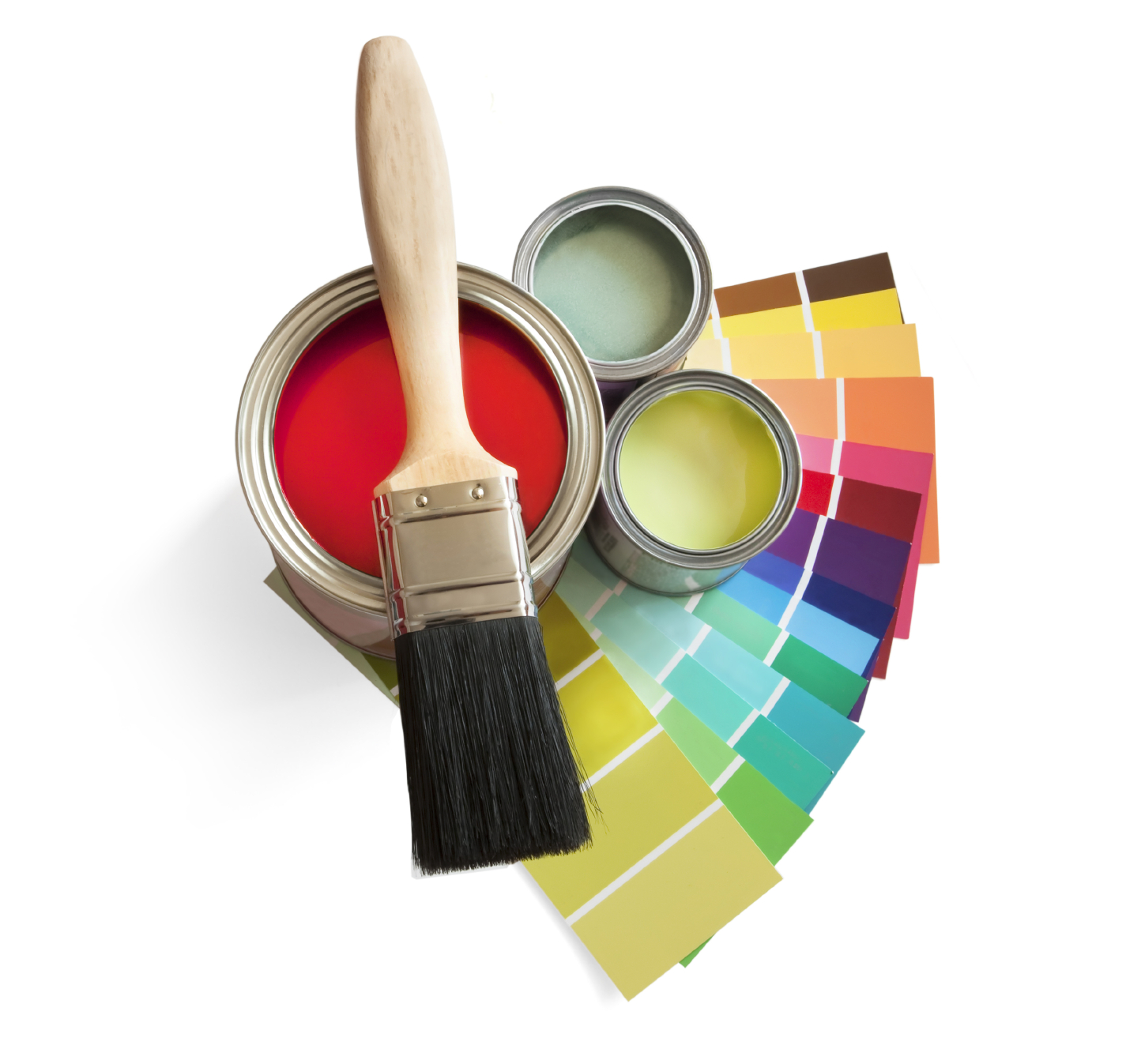On the surface, it seems so simple. It is a harmless, quick way to improve a room.
It really is easy until the moment the lid comes off of the first can of paint and the roller hits the wall. Suddenly, it is a whole new ball game and the tensions rise.
Color is not a tangible entity. It is simply light rays that are perceived by the brain. It is the product of elements present in the room and can morph without warning. If not selected properly, it can keep you up at night.
The strips and decks of color at every paint and home improvement store seem, on the surface, like there are an infinite number of choices. For 95 percent of the interior color situations, we can throw out the bright or clean colors. This leaves the muted or neutral tones … the colors which are mixed with black or umber to grey them down for a richer, more complicated color.

Most homeowners can find a perfectly fine color within the predetermined hues that are represented by these computer generated color chips. There are, however, times when the right color just isn’t there.
The symptom of this is stacks and stacks of chips laid out on the kitchen table and a gaggle of test quarts cast aside. The cause is not indecision … the right color simply isn’t there.
A way to morph these test quarts into the perfect color is to relax and identify two “almost colors.” “Almost colors” are hues that have been tested on poster board with the same sheen that will be used in the finished room. Remember, testing right on the wall is the direct path to a disastrous encounter with the color beast. Color perception can be contaminated by the close proximity if it is viewed on the same surface.
Also, look at wall color as you would see it on the wall … vertically!
I recently had a success with a custom color when my client had moved to total frustration with solo attempts at identifying a color.
The first color, Retreat by Sherwin Williams appeared just a bit too green and Aqua Smoke by Porter was just a bit too blue. A 50/50 mix of the two colors provided a hue that was just right for our project! We had the color matched by computer at the paint store and the recipe was logged under their name for future reference.
Mixing your paints to achieve a hue that is distinctively yours just requires a few plastic containers with lids and 2 quarts of “almost colors” in the correct sheen. Changing sheen can change the way you perceive your color.
Fill the container with half of each color leaving enough space to shake. The critical part is an even dispersion of the tones. When the color differentiation streaks have disappeared, test this newly developed color on, you guessed it, poster board.
If it is a winner, you have developed a color that is yours and only yours.
Before you go to the paint stores and ask them to do the mixing for you, please reconsider. Paint stores are set up to mix their preset colors based on their recipes. Most are willing to tweak colors on the spot but mixing is above and beyond the call of duty.
When just the right hue is identified, the color beast is assuaged and a good night’s sleep is possible.



